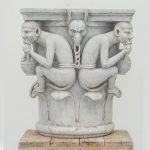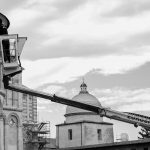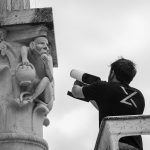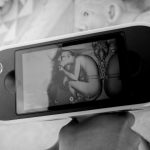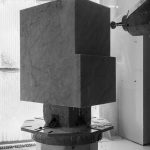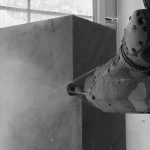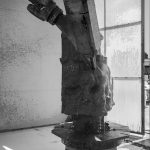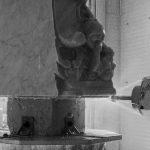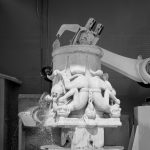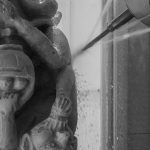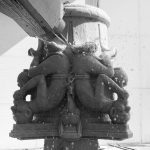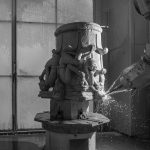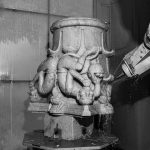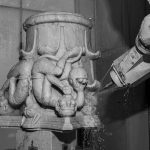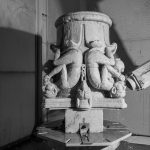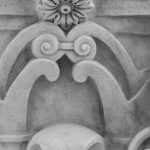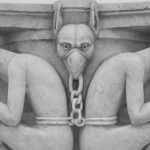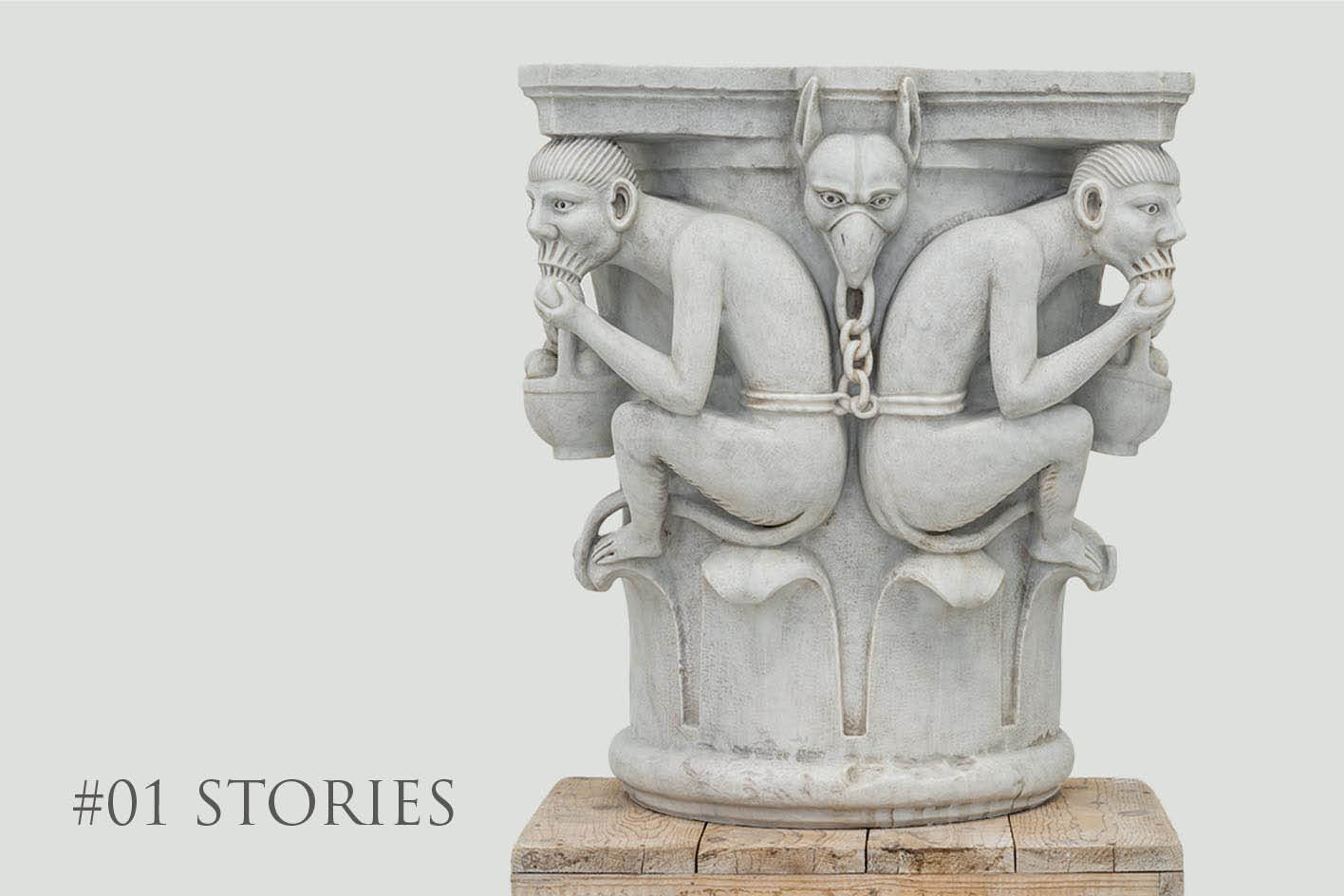
On the occasion of the celebrations for the 850th anniversary of the Leaning Tower of Pisa, LITIX created a marble replica of the famous “Monkey Capital,” the only figurative column at the base of the monument.
The replica of the capital is part of the exhibition “The Tower in the Mirror: The Many Lives of the Bell Tower of the Pisa Cathedral,” which can be visited until September 30, 2024, at the Palazzo dell’Opera del Duomo.
The replica was commissioned by the Opera della Primaziale Pisana to LITIX to allow everyone to see up close the work positioned above the seventh column on the ground floor of the tower, starting from the left side of the portal, which has always attracted the curiosity of people and scholars.
LITIX oversaw all the phases of the work thanks to its experience. In fact, LITIX unites the two brands ROBOTOR and TORART, consolidated by a 20-year presence on the market. ROBOTOR designs and assembles anthropomorphic robots for multi-axis milling, while TORART is an artistic workshop specializing in the creation of sculptures, contemporary artworks, and designs using ROBOTOR robots. LITIX professionals first performed a digital scan of the capital to enable its reproduction; then, a BOT-ONE series robot from ROBOTOR “roughed out” a block of “white Carrara” marble, which was entrusted to expert artisans for manual finishing. To create the capital, which measures 615x905x1030 mm and weighs 380 kg, the robot took just over 200 hours.
Besides the quality of the workmanship, it is above all the figures represented that fuel the aura of mystery surrounding the famous Pisan monument. A griffin holds a chain in its beak that binds two monkeys, seated, depicted in the act of eating fruits. This is an allegorical representation very common in the Middle Ages up to the early Renaissance. The theme of the chained monkey is linked to the symbolism of the basest instincts, such as lust, unruliness, greed, but also to the belief that this animal is a poor imitation of the human figure and therefore the work of the devil. The capital was created between 1180 and 1190 by the sculptor Biduino and remained here until 1840 when, due to restoration work and poor conservation conditions, it was dismantled and replaced with a marble copy executed by Francesco Storni while the original was acquired by Prince Friedrich Karl of Prussia.
